Pubs in Port – a snapshot from the nineties
From the Collection – Ron Laing’s Pub Photos (catalogue no 1287)
Ron Laing was born in Scotland in 1920. During the war he was a flying instructor and in 1950 he migrated to Australia where he worked as a forklift driver and a machinist for the Melbourne Harbor Trust. After containers were introduced he worked unloading containers for an importer/exporter company.
When he retired and saw – in his words – ‘that things were changing round here’, he ‘walked with his dog far and wide’, photographing the changes.
His photographs provide a comprehensive record of many of the buildings, demolitions, developments and change in Port Melbourne between the years 1986 and 2002. They were taken at a significant time, when the old Port was evolving into the Port Melbourne of today. Over 15 years he donated 2,200 photographs to the PMHPS, which are now preserved in a special collection. Ron died in 2003.
This selection of pub photographs, taken by Ron in the 1990s is a snapshot in time. Some of these pubs look much the same today as they did when he photographed them. Some no longer exist. And some have adapted and changed with the times just as they have throughout their long history. They are indicative of how Port has developed and ‘lend a continuity with our colonial past’.
The Pier
1 Bay Street
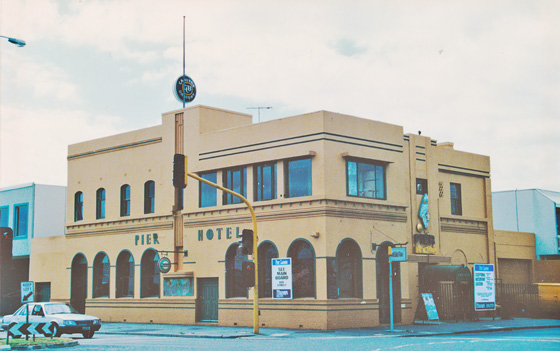
The Pier is built on the site of one of the first hotels in Sandridge, established on the Beach by the Liardet family in 1840. The existing brick building replaced the original in1856 and has been modified, renovated and renamed although it was always The Pier. It has always had arched windows and this photograph shows the exterior modifications of the 1930’s.
The Flower (1916 – 2005)
190 Bay Street

This photograph shows The Flower Hotel in transition, when it was operating as a wine bar. The only part of the original brick pub on this site is the exterior sidewall and the distinctive chimney. Today it is no longer a pub and the site has been converted into shops and apartments. But the chimney still remains.
The Sandridge (1946 -1996)
Corner of Beach and Stokes Street
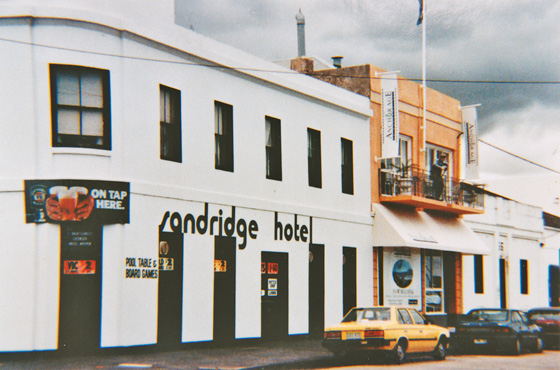
The Sandridge Hotel exists today only as a reconstructed façade on a residential development, the original having been demolished in 2006.
The original pub on this site was the Freemason’s Tavern (1859 –1946). It was remodelled and renamed the Sandridge Hotel by new owners and run by the same family for over 50 years.
Hibernian (1868 – 2010???)
North western corner of Graham and Ross Streets
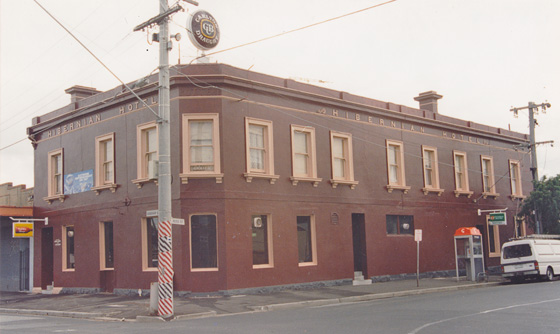
The Hibernian was seriously damaged by fire in 2010 and is no longer operating as a pub. Like the Clare Castle Hotel on the opposite corner it was a traditional pub, favoured by the wharfies, with accommodation and pub food. And later had a Chinese restaurant and take away.
Chequers Inn (1861)
Corner Bay and Bridge Streets
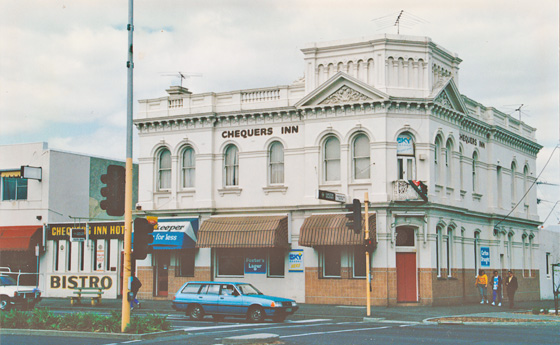
The Chequers Inn was reconstructed with this classical Italianate façade in 1888. Owned and run by the prominent Crockford family until 1908, it has always had a reputation for providing friendly service and good food. There have been some recent modifications but it still operates as a traditional pub, now with pokies.
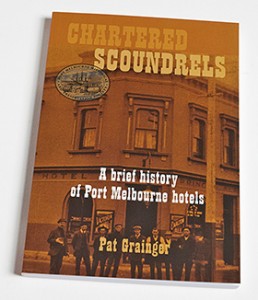 A complete story of Port Melbourne hotels is told in Pat Grainger’s informative and entertaining book Chartered Scoundrels: A Brief History of Port Melbourne Hotels, which can be purchased from the PMHPS.
A complete story of Port Melbourne hotels is told in Pat Grainger’s informative and entertaining book Chartered Scoundrels: A Brief History of Port Melbourne Hotels, which can be purchased from the PMHPS.

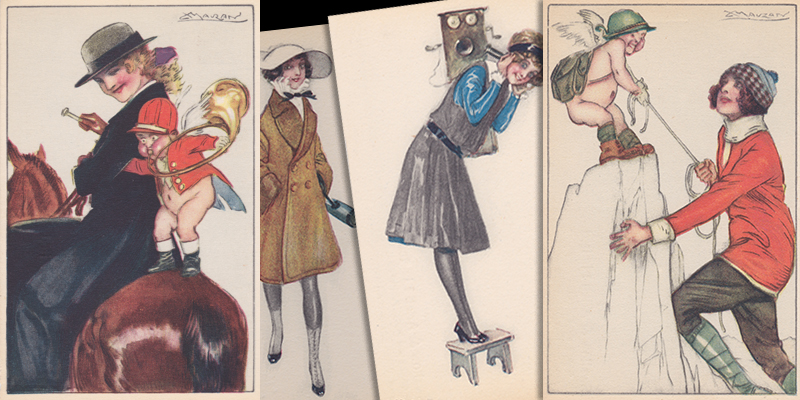
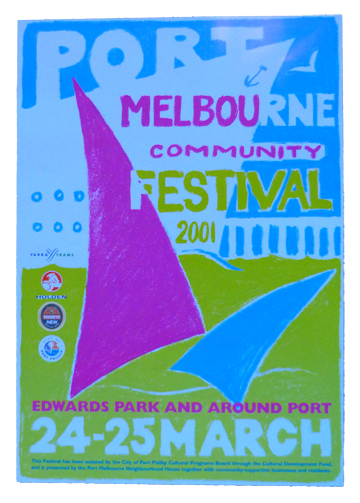
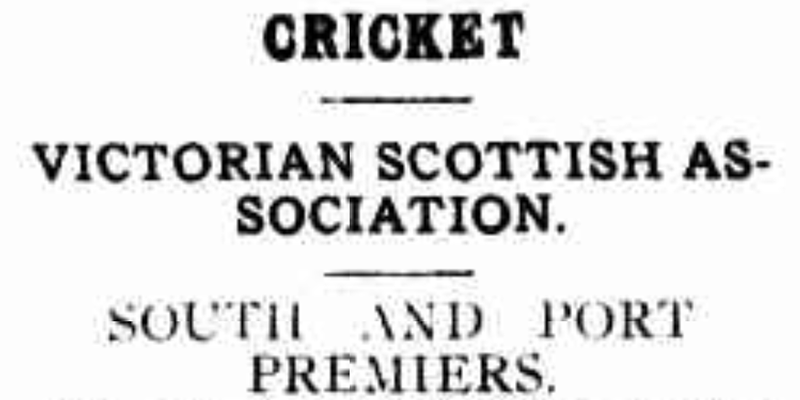
10 Comments
Greg Moss
The ‘Hi’ was our pub of choice back in the 60’s, and I’d love a dollar for every beer I had there!
Janet Bolitho
What a shame it is now a burnt out shell.
Peter Richards
Hi, Did my electrical apprentice with the Federal government in the Port Melbourne / Fishermen’s Bend area in the mid to late six’s.
Spent a lot of Drinking time in the Clare Castle hotel.
Saw many a ploice lunch time “raid ” invasion of the front bar at the Clare, once they bock off the doors & entered the bar you could drop a pin, silence was golden.
Then once they left , most times emptied handed, the noise would go back thru the roof again.
This is the all around the time of Pat Shannon meaning shot, & the disappeance of the “ferret”, great & exciting time for a young guy to have his eyes opened to the new world.
Barry
Much the same for me, did my apprenticeship at GAF in Fisherman’s Bend in the sixties (62/67) and did my drinking in about 4 different pubs, Railway, Clare Castle, Chequers including the across Bay st with a double barrel name which I can’t remember, Hibernian, always went to pubs where I had mates, Safety in numbers
David Thompson
Thanks for the memories Barry,
Is it the Rose and Crown you are thinking of, in the middle of the block across the road from Chequers (now called the Bay and Bridge). I think the Rose and Crown is now an events venue named Rose Events.
Albert Caton
In the later 1940s, while I was a kid in the Port, on race days there was an illegal SP bookie operating at the end of the laneway behind the Hibernian along Ross Street. There was always an ever-watchful lookout at the corner.
Sarah Hudson
Hi Albert,
Do you remember much about the SP bookie operating behind the Hibernian? I am doing some family research. My grandfather was an SP bookie in North Melbourne. My cousin recently told us that Pa also “worked” at the Hibernian, the Sandridge and the London in Port Melbourne. He was still an SP around the 1940’s I think. He gave it up when the TAB came in and he was told if he was caught now he would be off to jail. I think he kept his nose fairly clean as I can’t find him popping up in any newspapers. He went on to drive a taxi. He worked on the wharfs at some stage too.
Charles Lawson
After WW2 Norm Brookes was the SP Bookie behind the Hibernian Hotel. He lived in the only house in Thomas St which was behind the Hibernian.
My Friend Jerry Tuite had an SP behind the Homebush Hotel in Nth Melbourne.
When the TAB started in the mid 1960s the Gaming squad led by Sylvester ( The Cat ) told all the bookies that the days of giving Bodgy Names when they got caught was over and if anybody got caught they would go straight in the Slammer
David Thompson
Thanks,
Certainly a lot happening in those laneways behind the pubs.
Albert Caton
Apologies, Sarah, that I’m almost a year late in replying. I’ve just read your question, and was about to say I’d no information—and then I read Charles’ response, which awakened the grey cells! ‘Normie Brookes’! Yes, he was the Hibernian bookie for at least some of the late 1940s to late 1950s when I was a kid at the Port.
I sold papers at the London, but don’t recall any awareness of bookies there. I do remember a beer strike, and disillusioned topers turning to port.